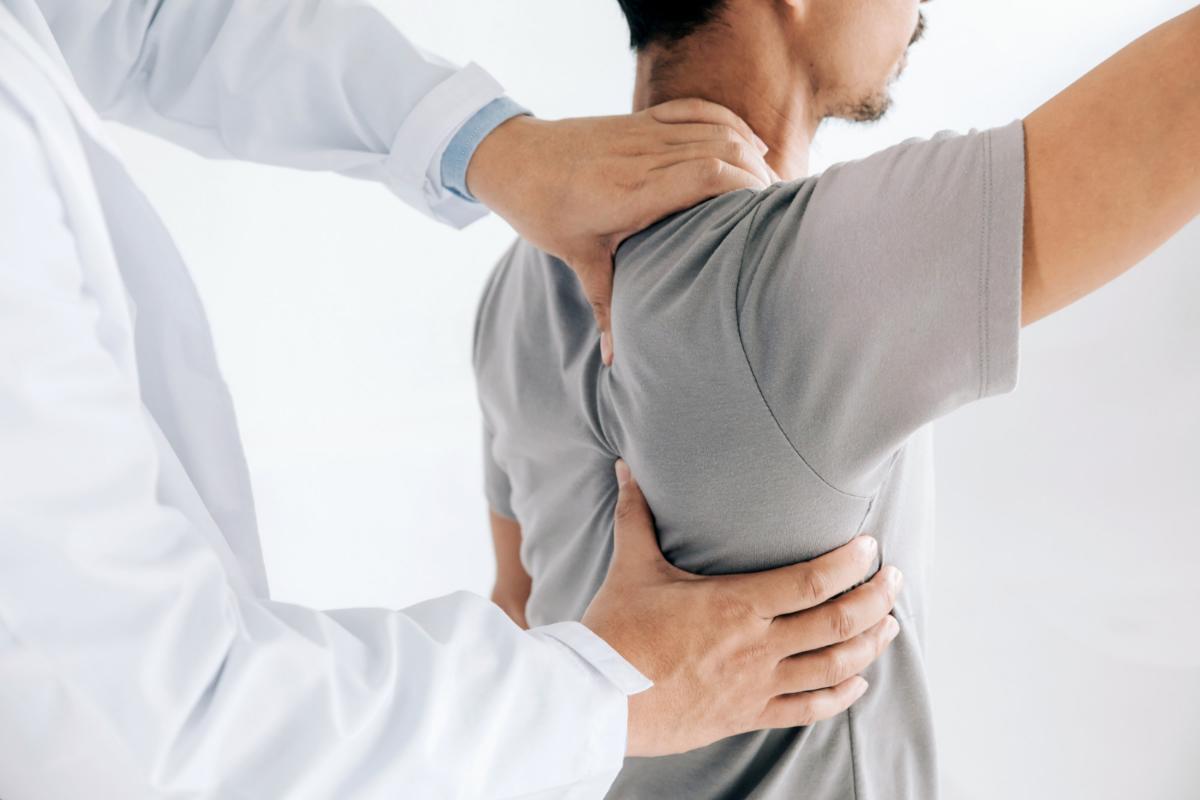
Physical therapy reinforces the muscles in your shoulder, preventing a torn rotator cuff from worsening. Rotator cuff damage is often associated with athletes – star pitchers or quarterbacks make headlines because they are scheduled for surgery to fix a tear in their shoulder.
But, according to our orthopedic surgeon in Orange City, more frequently than not, torn rotator cuffs impact carpenters, painters, construction workers, and individuals in their 40s or older who have labored at jobs where they lift heavy things and make repetitious overhead arm motions over long periods.
Traumatic rotator cuff tears are induced by sudden, destructive injuries, such as falling or being in a vehicle accident. But those damages are much less typical. Instead, most rotator cuff tears are progressive, starting as tendonitis or inflammation in the tissue that joins your shoulder muscles to your shoulder joint, helping to stabilize it. Over time, the tissue can separate, resulting in a partly or wholly torn rotator cuff.
Less than half of individuals with complete rotator cuff tears convey pain, and many may walk around with a torn rotator cuff for two decades or longer without problems. Then, one day, they awaken with disruptive discomfort, day and night. Sleep loss is a significant reason patients pursue care for rotator cuff damage. In addition, when almost every position places pressure on your shoulder, it can be challenging to lie comfortably.
Many people delay care because they don't want surgery. But not every patient requires surgery to restore a torn rotator cuff. The most promising torn rotator cuff therapy strategy is closely evaluating your injury, everyday activities, and objectives. Utilizing this data, we can personalize the most practical, least intrusive path to long-term pain control and improved shoulder function. This plan begins with a precise diagnosis.
How torn rotator cuffs are diagnosed
We typically start evaluating most rotator cuff injuries with a physical examination. But, first, your physician will have you make a sequence of arm exercises.
- Give yourself a bear hug
- Rotate your arm at a 90-degree angle
- Reach behind and up your back as far as possible
The objective of the physical exam is to measure your injury's approximate area and severity. Patients with a tear that merits treatment may encounter symptoms including:
- Pain when raising or rotating their affected arm
- Discomfort when lying on their involved shoulder
- Weakness of their involved arm
- Popping noises when their arm moves in specific directions
The physical examination also helps us rule out other ailments, such as a pinched nerve or one of the following common concerns:
- Rotator cuff tendonitis can emerge when you have inflammation of a single tendon, producing discomfort when you make certain movements, such as reaching upwards or brushing your hair.
- Bursitis is another familiar shoulder ailment, and it happens when inflammation extends into your subacromonial bursa, or sac filled with fluid that lubricates your tendons. The discomfort from this condition is often worse at night.
If we presume you have a torn rotator cuff, we will need to know if it's a total or partial tear. Then, an MRI exam will permit us to see inside your shoulder and examine the bone, muscle, and connective tissues.
This knowledge helps us decide what kind of treatment might help you the most. For example, physical therapy might supply adequate relief for minor to moderate tears. However, extensive or irregular tears often require surgery.
We hope this helps you better understand the symptoms and diagnosis of a torn rotator cuff. Contact us today if you need an orthopedic surgeon in Orange City.